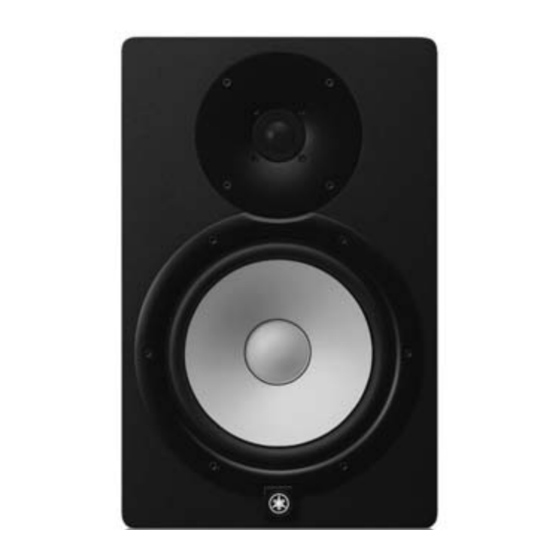Yamaha HS8S Manual do Proprietário - Página 10
Procurar online ou descarregar pdf Manual do Proprietário para Sistema de altifalantes Yamaha HS8S. Yamaha HS8S 20 páginas. Serie hs monitor da studio alimentato e subwoofer alimentato
Também para Yamaha HS8S: Manual do Proprietário (20 páginas), Manual do Proprietário (21 páginas), Manual do Proprietário (20 páginas), Manual do Proprietário (20 páginas), Manual do Proprietário (20 páginas), Manual do Proprietário (20 páginas), Manual do Proprietário (20 páginas), Manual do Proprietário (20 páginas), Manual do Proprietário (20 páginas), Manual do Proprietário (20 páginas), (Inglês) Manual de instruções (20 páginas)

